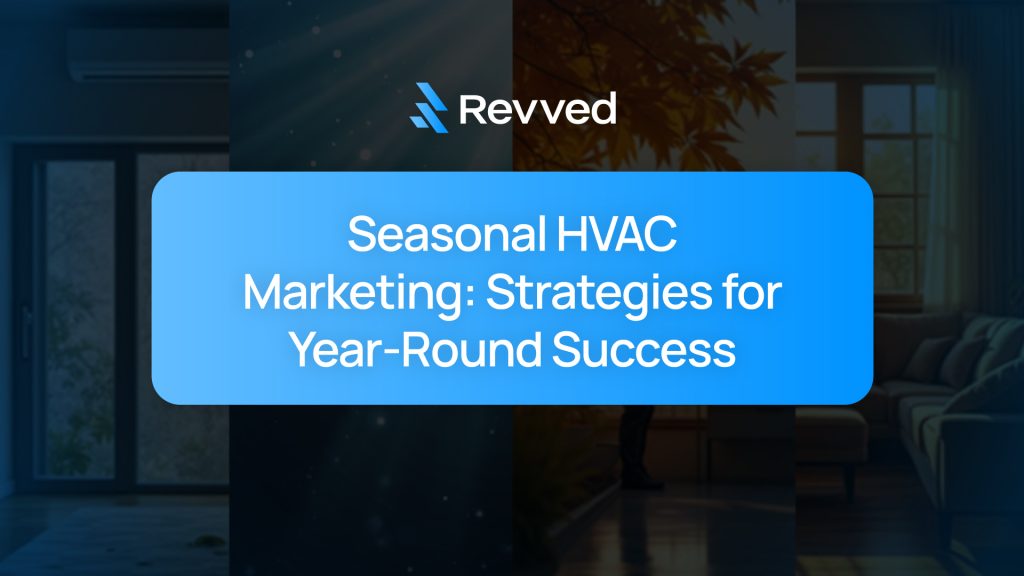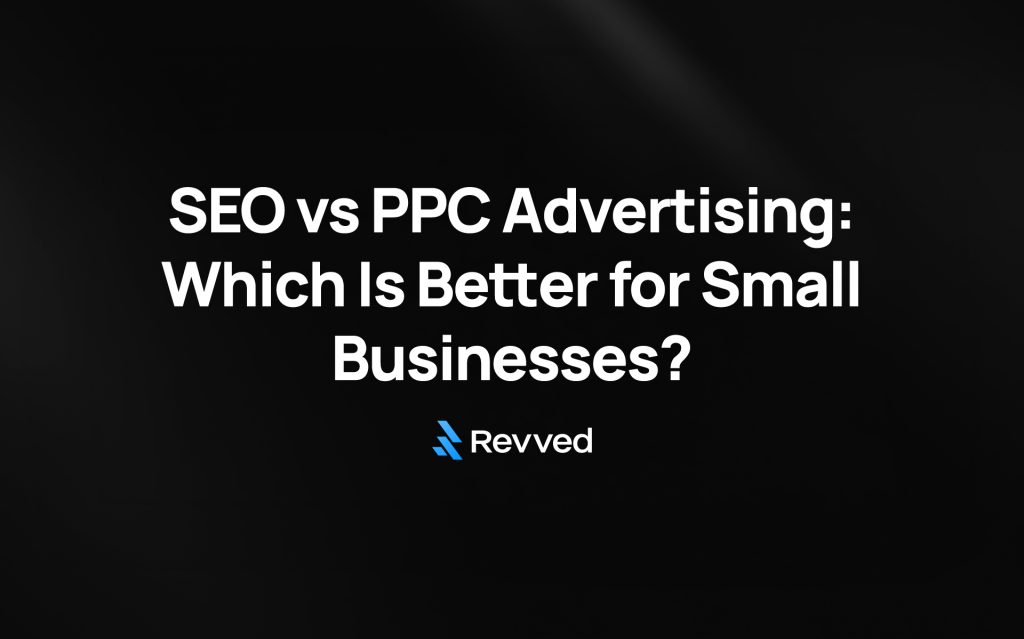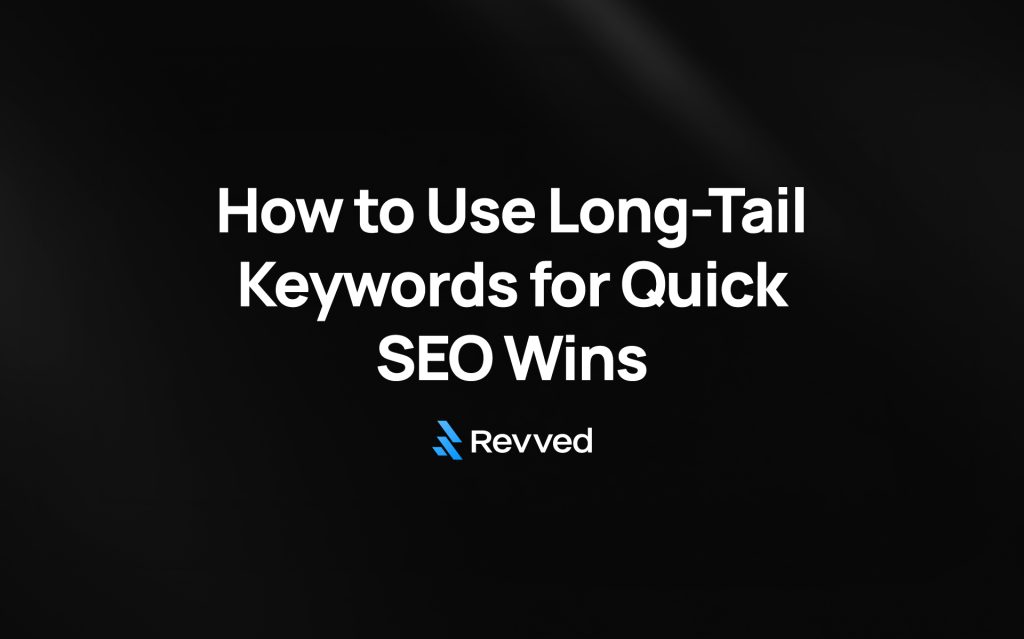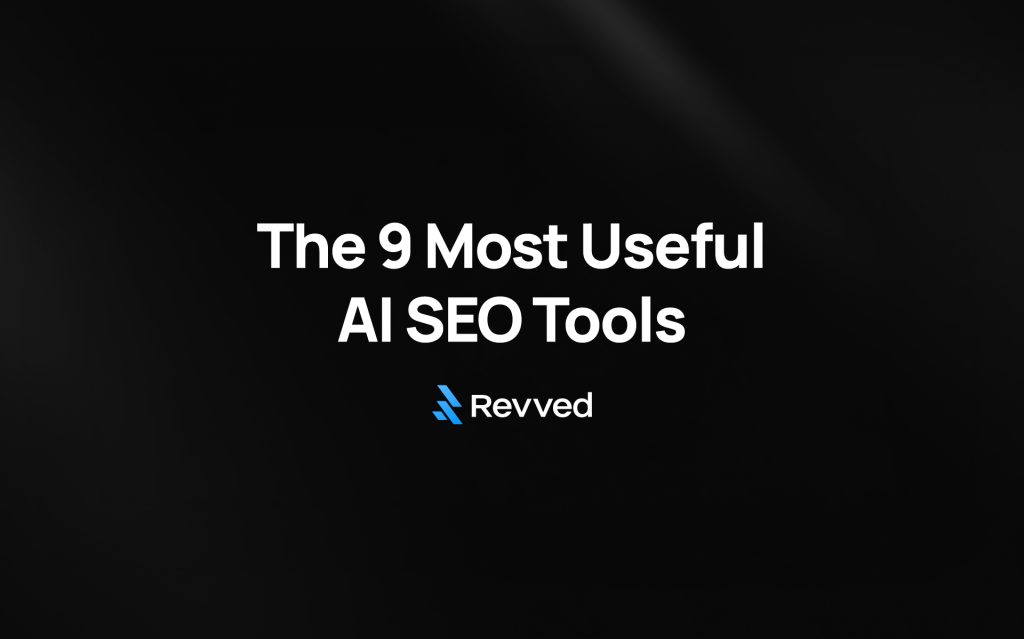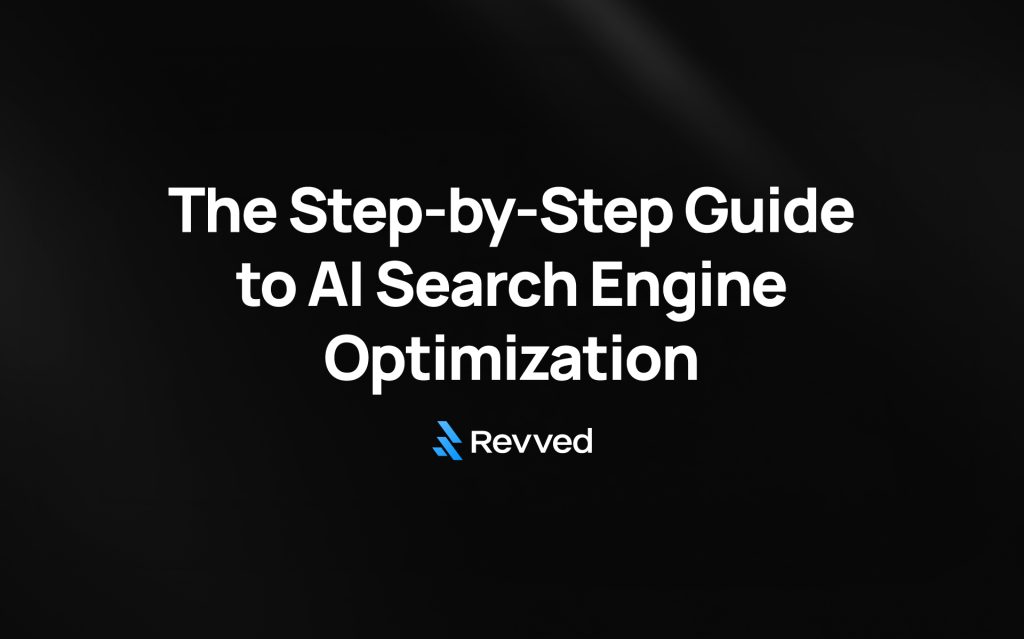Every HVAC business faces the challenge of seasonal ups and downs. Your phones might be ringing non-stop during peak seasons, while other months bring a noticeable slowdown in customer calls.
Success in HVAC marketing for the fall and other seasons requires more than just ramping up advertising when temperatures change. A well-planned seasonal HVAC marketing calendar helps you maintain steady business throughout the year. Whether you’re focusing on summer HVAC marketing, winter preparations, or fall maintenance campaigns, each season presents unique opportunities to connect with customers.
This guide walks you through proven strategies to build and execute effective seasonal marketing campaigns that keep your HVAC business thriving year-round. You’ll learn how to plan, implement, and optimize your marketing efforts for each season while maintaining consistent growth.
Building a Year-Round Marketing Framework
Building a successful HVAC marketing strategy requires understanding the natural ebb and flow of your business throughout the year. Let’s create a framework that keeps your business thriving in every season.
Analyzing seasonal demand patterns
Understanding seasonal patterns is crucial for your HVAC business success. During peak seasons, you’ll experience a surge in service requests, particularly in regions with extreme weather conditions. Your marketing framework should account for these predictable patterns:
- Summer: Peak AC service and installation demands
- Fall: Transition period with maintenance focus
- Winter: Heating system emergencies and repairs
- Spring: System checkups and maintenance programs
Setting marketing objectives for each season
Your marketing goals should directly support your business objectives. When crafting seasonal objectives, focus on creating specific, measurable targets that align with each season’s unique opportunities. For example, during shoulder seasons, prioritize maintenance programs and system upgrades to maintain steady revenue.
Remember that consistency is key – you want to stay top-of-mind even when customers don’t immediately need your services. This approach helps avoid drops in sales during moderate weather periods and ensures customers remember you when emergencies arise.
Creating a flexible marketing budget
For small-to-midsize HVAC companies, allocate between 7-10% of your annual revenue to marketing efforts. Your budget should accommodate various marketing channels:
- Digital Marketing: SEO and PPC advertising ($150-500 per month)
- Social Media: $900-2,000 monthly investment
- Community Outreach: Local events and non-profit partnerships
- Direct Mail: Targeted neighborhood campaigns
Pro Tip: Consider outsourcing certain marketing tasks to specialized teams for better ROI. This approach often proves more cost-effective than maintaining full-time marketing staff, especially for project-based work.
By implementing these framework elements, you’ll be better positioned to maintain consistent growth throughout the year. Remember to adjust your strategy based on real-time performance data and changing market conditions.
Developing Season-Specific Marketing Strategies
Successful seasonal marketing requires adapting your strategies to match customer needs throughout the year. Research shows that HVAC-related searches can drop by 65-75% during shoulder seasons, making it crucial to adjust your approach accordingly.
Identifying key selling points per season
Your marketing message should evolve with the changing seasons. Here are the key focus areas for each season:
- Summer: Emergency AC repairs and energy efficiency
- Fall: System maintenance and heating preparation
- Winter: Heating reliability and comfort solutions
- Spring: System tune-ups and air quality improvements
Crafting seasonal messaging and offers
Your promotional strategy should align with seasonal demands. During fall, for instance, focus on maintenance specials and system checkups. Create urgency by highlighting how regular maintenance prevents unexpected breakdowns and expensive repairs.
Effective Seasonal Offers Include:
- Pre-season tune-up specials
- Limited-time maintenance packages
- Seasonal rebates on new installations
- Flexible financing options for system upgrades
Adapting marketing channels by season
Different seasons call for different marketing approaches. Email campaigns show particular strength during transition seasons, with maintenance reminders proving especially effective before fall. Social media engagement peaks during extreme weather periods, making it ideal for sharing tips and emergency service information.

Enter your website below to start your proposal request!
To maximize your marketing ROI, consider these channel adaptations:
- Digital Advertising: Increase PPC spending during peak seasons when search volume is highest
- Email Marketing: Focus on educational content during shoulder seasons, with a 5:1 ratio of informative to promotional content
- Social Media: Share seasonal maintenance tips and before/after project photos to maintain engagement
Remember to track campaign performance across channels. Data shows that email marketing particularly excels in driving customer engagement, especially when promoting special offers and service upgrades.
Implementing Cross-Seasonal Marketing Campaigns
Maintaining consistent marketing momentum throughout the year is crucial for HVAC businesses. Recent data shows that a staggering 97% of consumers search online for local HVAC services, making your digital presence more important than ever.
Building year-round brand awareness
Your HVAC company needs to stay visible beyond just peak seasons. Research indicates that the sales cycle for high-ticket HVAC systems can extend several months, making continuous brand presence essential. Focus on creating valuable content that educates customers about maintenance, energy efficiency, and system longevity to establish your expertise.
Maintaining customer engagement across seasons
Strong digital marketing helps smooth out seasonal fluctuations in your business. Consider these proven engagement strategies:
- Personalized email campaigns with maintenance reminders
- Regular social media updates with seasonal tips
- Educational content that builds trust
- Community involvement and local partnerships
Leveraging marketing automation tools
Marketing automation is your secret weapon for maintaining consistent customer communication without overwhelming your team. With proper automation, you can achieve improved customer retention and higher conversion rates.
Key Automation Benefits:
- Automated email sequences for maintenance reminders
- Scheduled social media posts during peak engagement times
- Personalized follow-ups based on customer behavior
- Data-driven insights for campaign optimization
Your marketing automation should focus on delivering the right message at the right time. For instance, during fall months, automate educational content about heating system maintenance while simultaneously preparing spring AC maintenance campaigns.
Remember that automation doesn’t mean losing the personal touch. Instead, it allows you to focus more on high-value tasks while ensuring consistent communication with your customer base. By implementing these cross-seasonal strategies, you’ll maintain steady engagement throughout the year, regardless of seasonal fluctuations.
Maximizing Marketing ROI Throughout the Year
Smart data tracking and analysis are essential for maximizing your HVAC marketing returns. Recent industry data shows the HVAC market is expected to grow at a compound annual rate of 7.4% through 2030, making it crucial to optimize your marketing investments.
Tracking seasonal campaign performance
Your marketing success depends on monitoring the right metrics. Focus on these essential KPIs:
- Click-through rate (CTR): Measures ad engagement
- Cost per click (CPC): Tracks advertising efficiency
- Cost per acquisition (CPA): Monitors customer acquisition costs
- Conversion rate: Shows campaign effectiveness
- Quality score: Affects ad costs
- Return on ad spend (ROAS): Measures campaign profitability
Optimizing budget allocation
For optimal results, consider allocating 60-70% of your budget to digital marketing and 30-40% to traditional and branded efforts. Your specific allocation should reflect your company’s growth stage:
High Growth Stage: Invest 8-10% of revenue when establishing market presence or expanding rapidly Medium Growth Stage: Allocate 5-7% of revenue for steady growth or market expansion Maintenance Stage: Dedicate less than 5% of revenue when you have a strong customer base
Adjusting strategies based on data insights
Use analytics tools like Google Analytics and CRM software to gather detailed data about your audience’s online behavior. This information helps you refine campaigns by identifying which channels deliver the most qualified leads at the lowest cost.
Remember to connect your tracking systems to measure actual revenue impact. For example, dynamic call tracking can allocate unique phone numbers to each ad source, allowing you to track campaign performance from initial contact through to completed jobs.
By analyzing customer feedback and reviews, you can fine-tune your messaging and improve customer experience – factors that directly contribute to better ROI. This data-driven approach offers several advantages:
Increased efficiency: Reduce time identifying potential leads Higher conversion rates: Target specific demographics more effectively Cost reduction: Focus resources on high-potential prospects Scalability: Easily adapt strategies as your business grows
Conclusion
Successful HVAC marketing demands a strategic approach that adapts to seasonal changes while maintaining consistent customer engagement. Your marketing efforts should combine data-driven insights with flexible strategies that respond to varying customer needs throughout the year.
Smart budget allocation, automated marketing tools, and careful performance tracking create a robust foundation for year-round success. Remember that effective seasonal marketing goes beyond reactive responses to weather changes – it requires proactive planning and continuous optimization of your campaigns.
Start building your comprehensive HVAC marketing strategy today. Focus on creating valuable content, maintaining consistent communication, and measuring results across all seasons. This approach will help your HVAC business thrive during peak periods while maintaining steady growth during slower months.
A well-executed seasonal marketing plan makes the difference between struggling with business fluctuations and achieving sustained growth throughout the year. Make each season count by implementing these proven strategies, and watch your HVAC business grow steadily, regardless of the weather outside.



